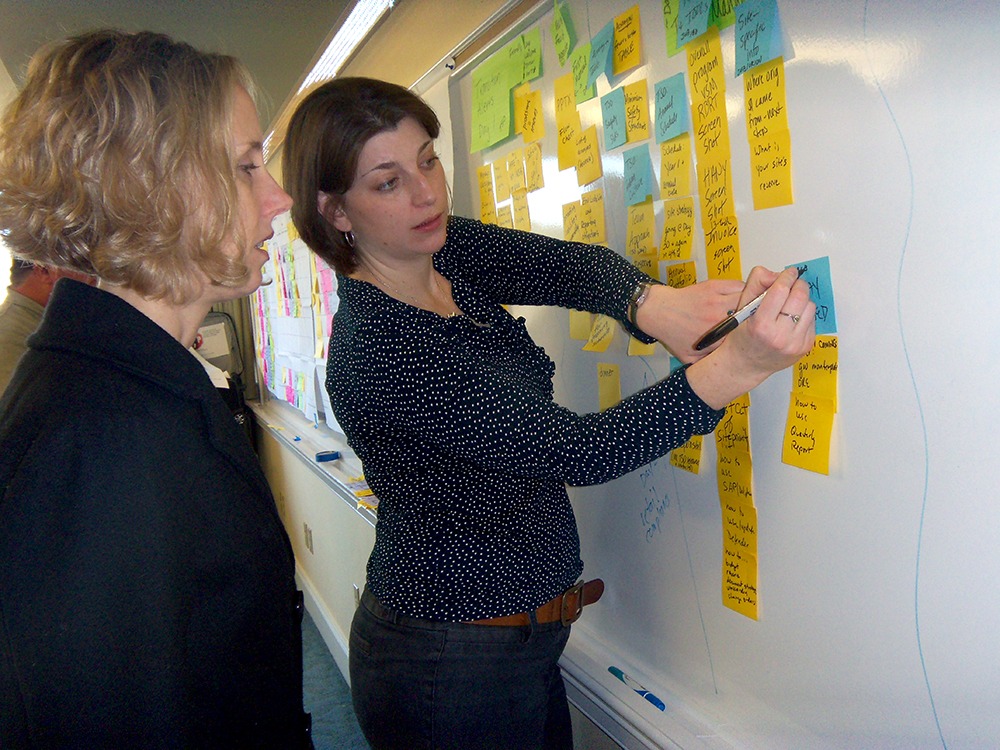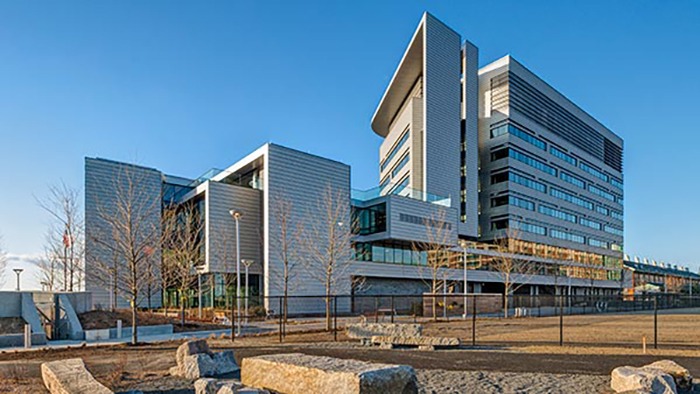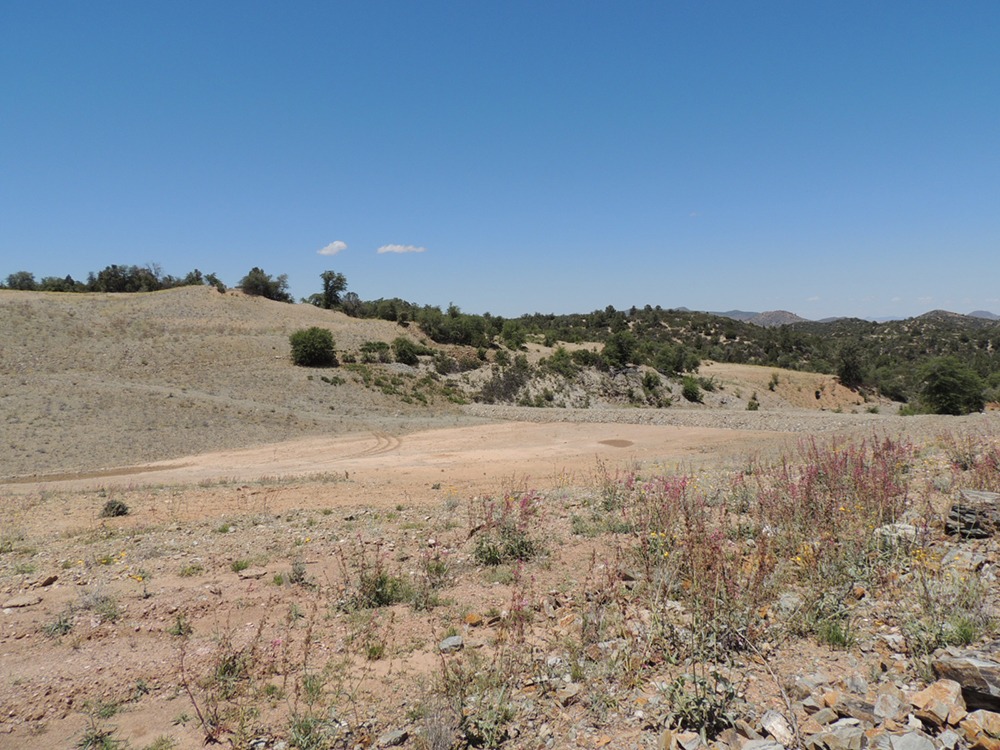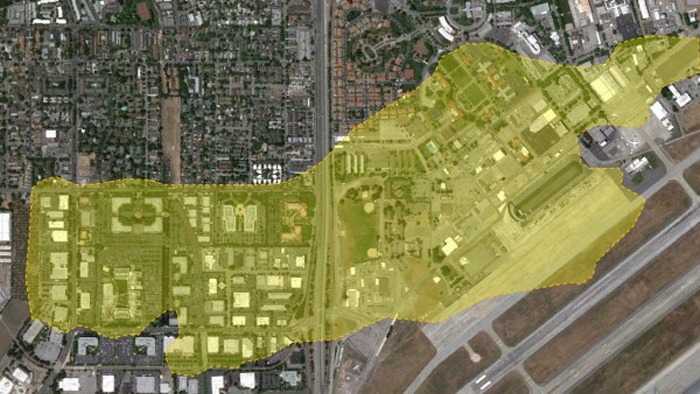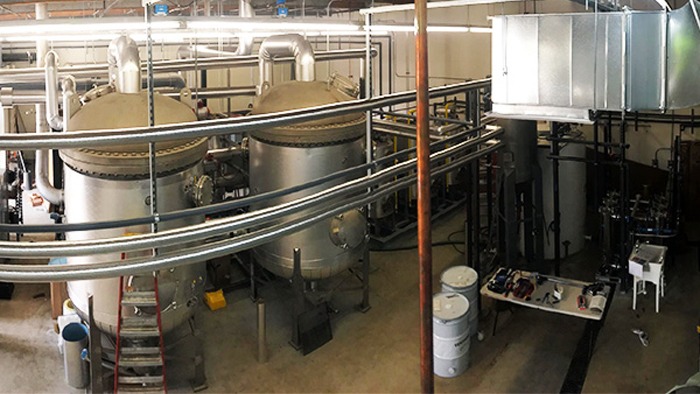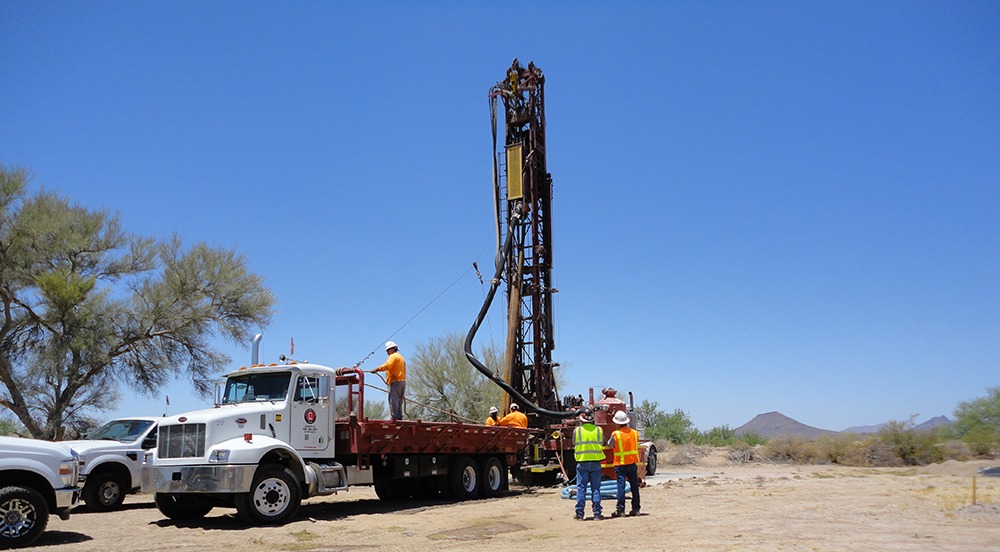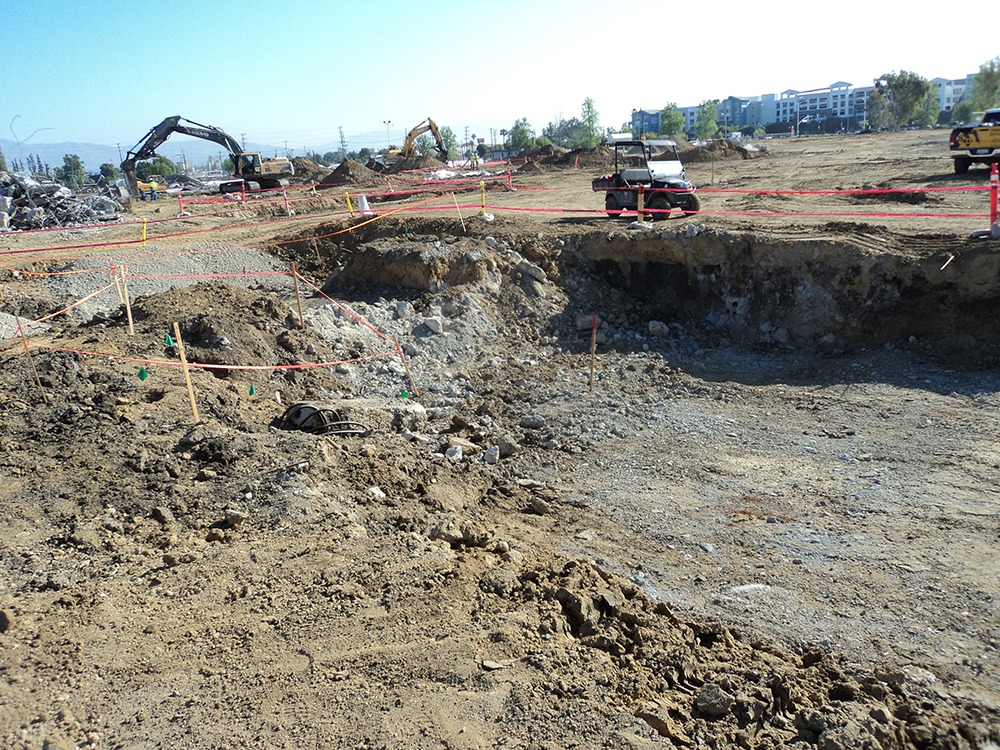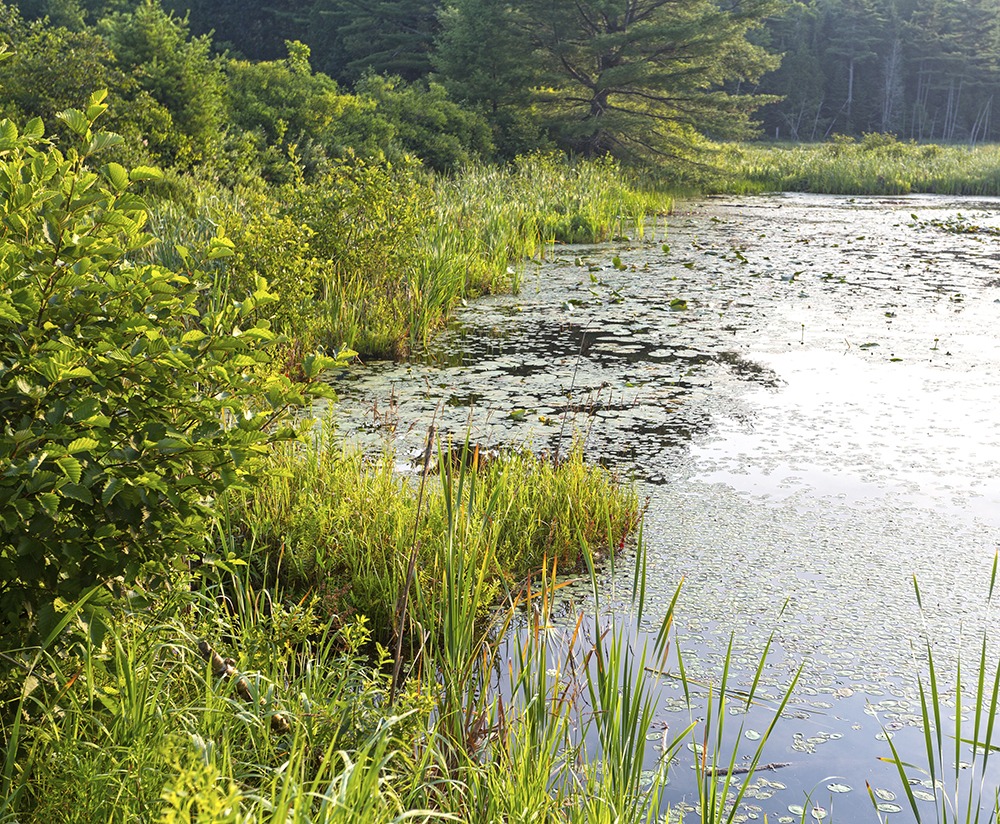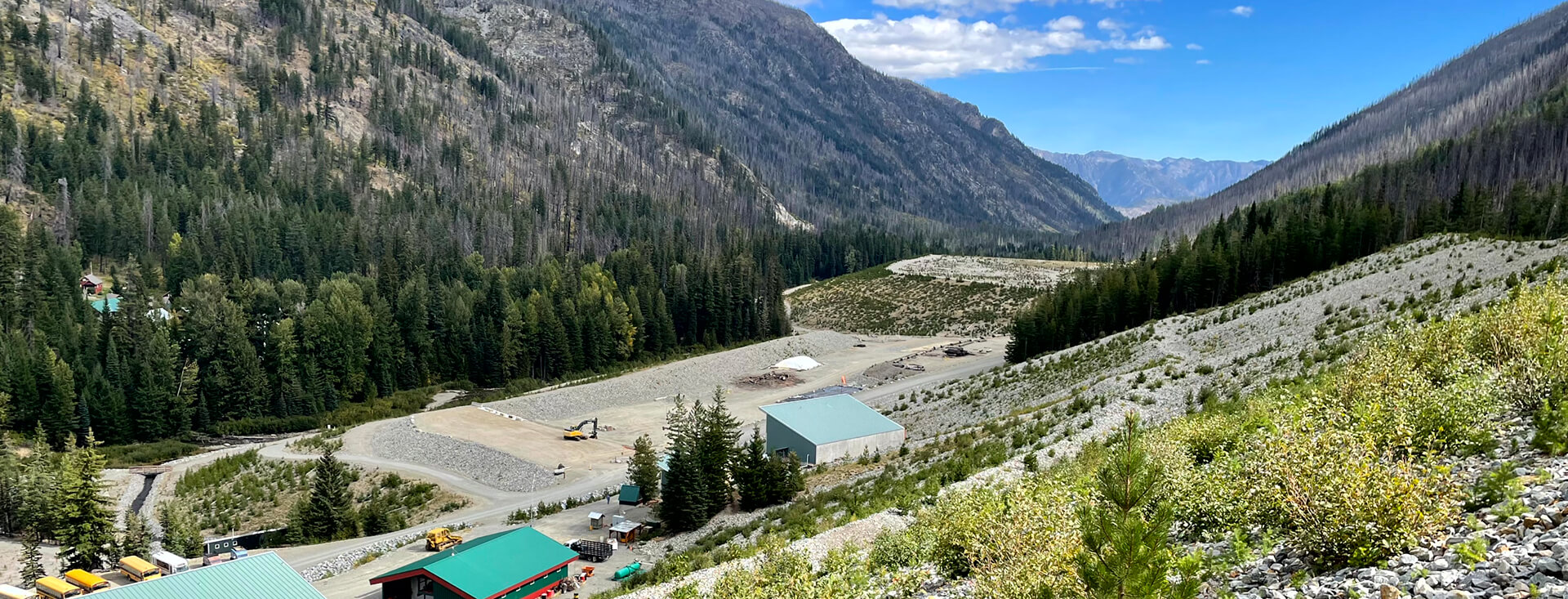
Abandoned mine lands
Regulatory and technical depth guides US Forest Service through complex remediation at former mine
Summary
- The Holden Mine, a major copper mine until its 1957 closure, left behind extensive metal contamination in an ecologically sensitive and remote environment.
- A highly complex and costly remediation — with the U.S. Forest Service (USFS) as the lead agency in cooperation with the U.S. Environmental Protection Agency (EPA) — required navigating Comprehensive Environmental Response, Compensation, and Liability Act (CERCLA) and Washington state oversight, as well as interest from the Confederated Bands and Tribes of the Yakama Nation and the community of Holden Village.
- The USFS has entrusted Haley & Aldrich for more than 20 years to provide both technical and regulatory guidance and coordination with the remedial design team.
- During the first phase of remediation under the 2012 Record of Decision, Haley & Aldrich worked closely with the design team to develop and oversee the implementation of strategies that significantly reduced contamination sources, including the capping-in-place of waste rock and tailings and the development of a groundwater containment, collection, and treatment system.
- These solutions required careful coordination with the USFS, EPA, Washington State Department of Ecology, and Yakama Nation. Haley & Aldrich continues to serve as USFS’s trusted advisor through long-term remediation and restoration efforts.
Client challenge
The Holden Mine, located on the eastern slopes of the Cascade Mountains, was once one of the largest operating copper mines in the United States. After mining stopped in 1957, abandoned equipment and 250 million cubic yards of tailings (mine waste) — sources of cadmium, copper, iron, zinc, and other potentially hazardous materials — remained. The tailings covered roughly 90 acres in three piles of up to 150 feet high along the banks of nearby Railroad Creek, a sensitive aquatic habitat.
The Holden Mine site is now the location of the largest remedial action on USFS-administered lands. It’s a complex task, given the extent of the contamination, the remote and ecologically sensitive location, and the many parties involved.
The site includes Holden Village, a community that operates on National Forest System (NFS) land under a special use permit, and areas that hold cultural significance for the Yakama Nation. Cleanup activities carry emotional weight for the community and the Yakama Nation, in addition to environmental benefits. Cleanup efforts are addressing contamination that has remained for decades in a beloved national forest.
As the lead agency for response actions on both NFS and private land, the USFS has relied on Haley & Aldrich for over 20 years as a partner to foster strong working relationships and find mutually agreeable solutions with the mining company responsible for the cleanup, the affected communities and tribes, and the regulatory agencies involved, including the EPA and Department of Ecology. The USFS has also benefited from Haley & Aldrich’s breadth of technical and regulatory expertise to navigate complex contamination issues.
Our approach
Our team began providing technical and regulatory expertise in the early stages of this project. We have worked closely with the USFS, regulators, and the Yakama Nation to develop the documentation and guidance needed to meet CERCLA and Washington state Model Toxics Control Act obligations as the site cleanup progresses.
The first phase of site cleanup addressed most of the sources of contamination to groundwater, soil, sediment, and surface water through removal, mitigation, and/or containment. To get there, we coordinated with the design team to develop strategies for managing contamination sources on-site, which has reduced the risks associated with transporting waste off-site while providing remaining protection of the ecosystem.
The USFS also trusted us to provide technical support during the capping, contouring, and stabilization of the tailings, which was conducted in a way that reduced the exposure of contaminants to humans and wildlife. We provided the same support during the construction of a barrier wall, portal bulkheads, and a mine water treatment plant, which treats contaminated groundwater before returning it to Railroad Creek.
In partnership with the project’s design team, we incorporated features that make our solution resilient, including installing columns of soilcrete (a mixture of cement and soil) in the waste piles to provide stability in case of an earthquake. The project is also resilient to potential impacts from climate change, with a design developed to withstand the 1,000-year flood hazard.
These approaches have proven effective: Concentrations of metals in surface water and groundwater have reduced markedly; effluent outflow quality meets goals for discharge into Railroad Creek; biological monitoring has identified a rebound in aquatic species populations and diversity; and capped waste piles now contain the spread and protect people and wildlife from contact with site contaminants.
Through this partnership, we have cemented a strong relationship with USFS and its partners and continue to advise on long-term remediation and restoration efforts.
Value delivered
- Have served as the USFS’s trusted advisor for more than 20 years in complex stakeholder negotiations and multiple regulatory frameworks
- In the first phase of remediation, contributed to strategies that minimized erosion and uncontrolled runoff from the tailings and waste rock piles into surface water and groundwater, which has reduced metal concentrations in groundwater to below most water quality benchmarks
- Also contributed to remedial strategies that improved sediment quality in Railroad Creek, demonstrated in part by increases in the diversity and abundance of aquatic life
- Contributed to the development and design for the containment of contaminated mine portal drainage and a mine water treatment plant, which treats millions of gallons of contaminated groundwater annually
For more information, contact:

Technical Expert, Environmental Scientist

Senior Technical Expert, Hydrogeologist



